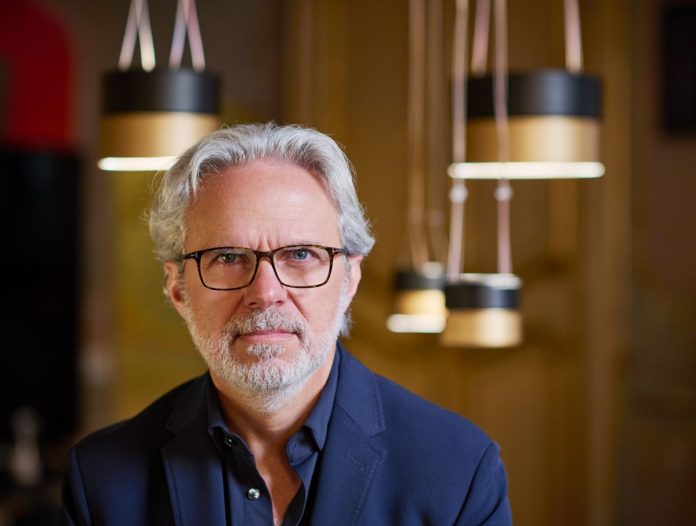His research is distinguished by an approach to architectural design that is always attentive to the themes of the city and the territory. He is Alfonso Femia, born in 1966, graduated from the Faculty of Architecture of the University of Genoa in 1992. In 1995, he co-founded 5+1, transformed into 5+1AA in 2005, a studio that subsequently changed its name to Atelier(s) Alfonso Femia in 2017. With the experience gained in more than 25 years of design work, the studio, which has offices in Genoa, Milan and Paris, develops several projects on an international architectural scale.
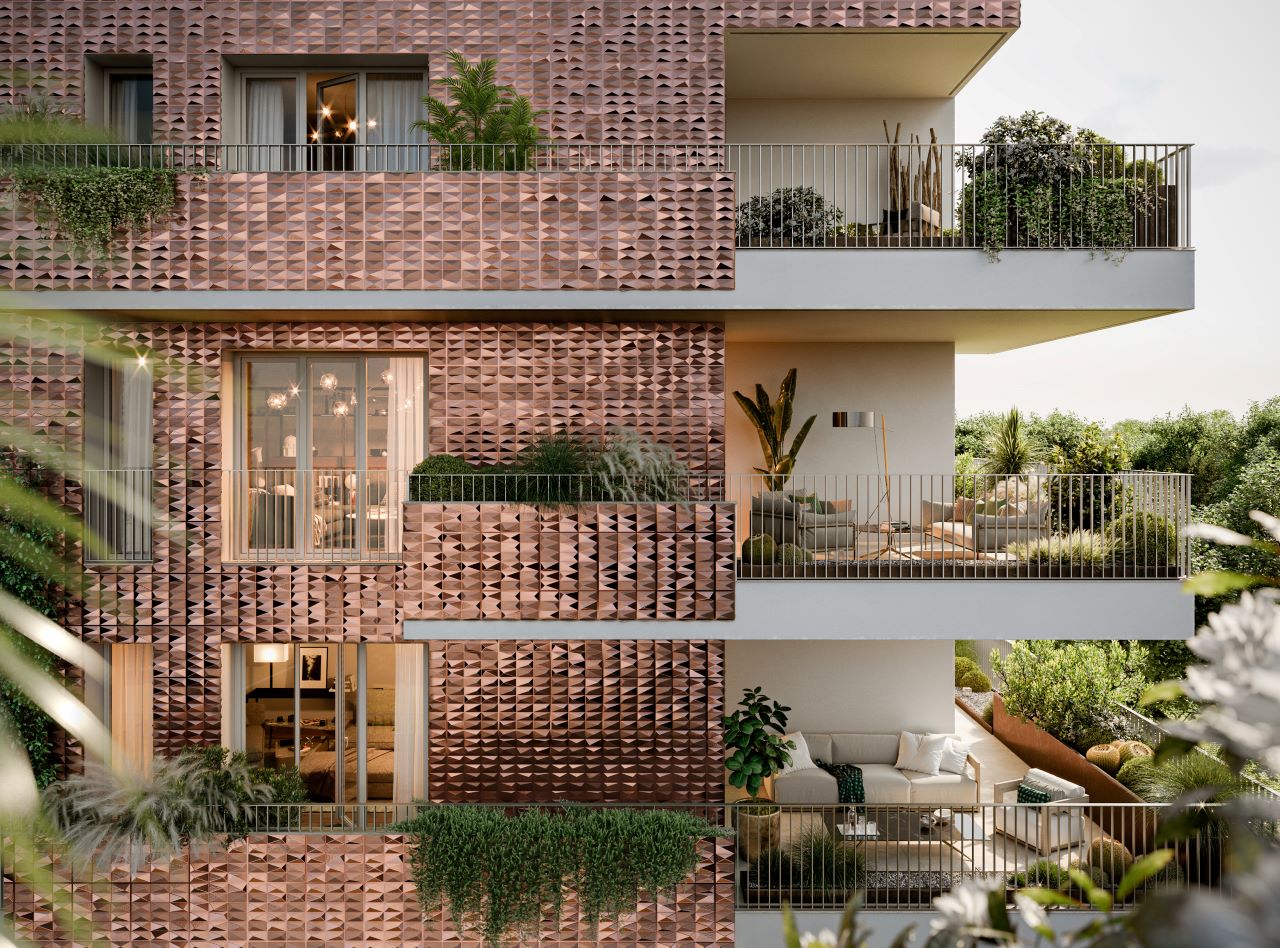
In Alfonso Femia’s work, ceramic cladding contributes to the reaffirmation of decoration as an expressive component of the overall project. Among his projects, we can in fact pick out several architectures that stand out for the material research proposed in the façade system, which involves the use of ceramics, wood and fibre cement combined with traditional plaster. Ceramic is a dialoguing and changing presence at different times of day, according to natural light, and in the seasons of the year, and contributes to the interaction between buildings, place and people.
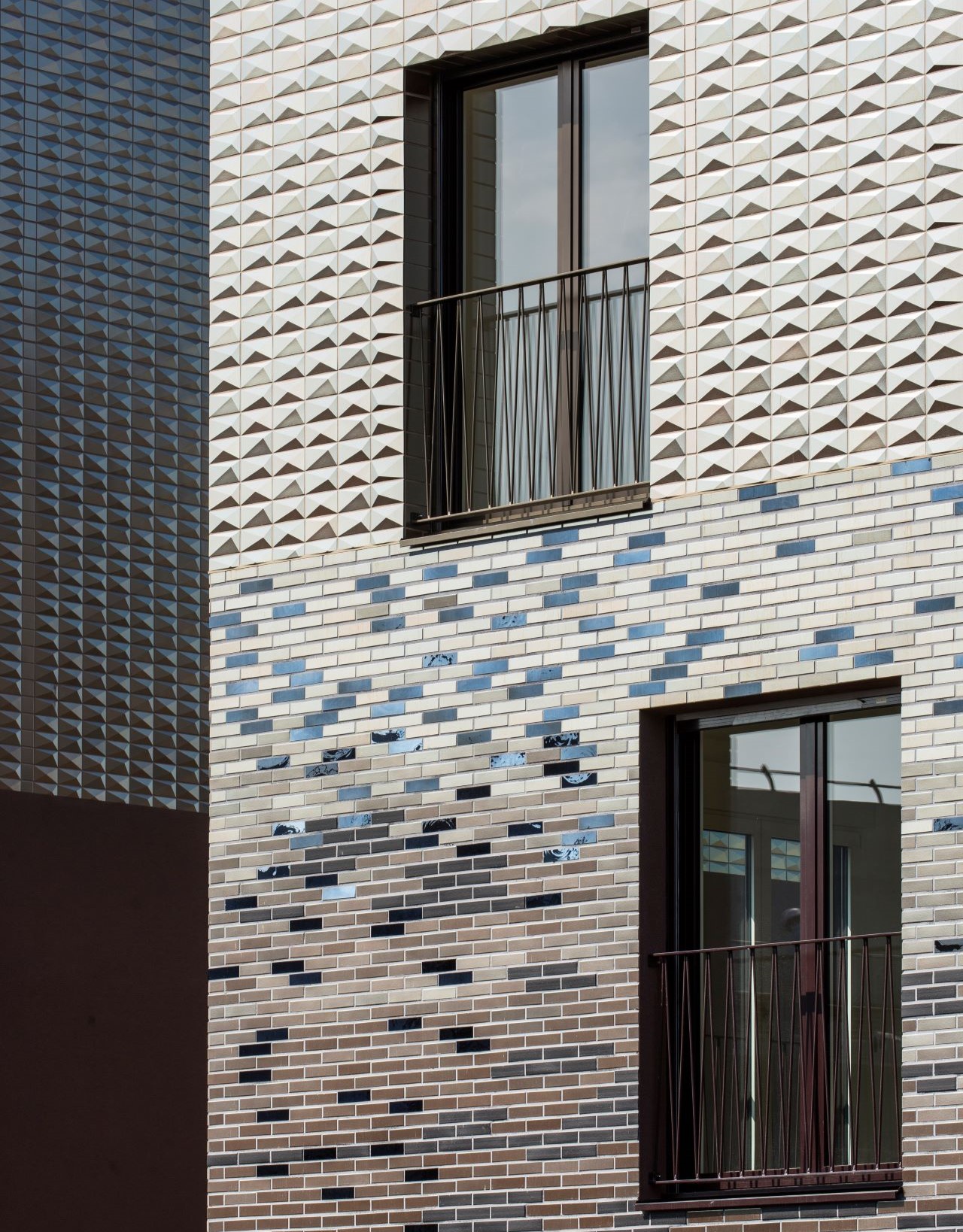
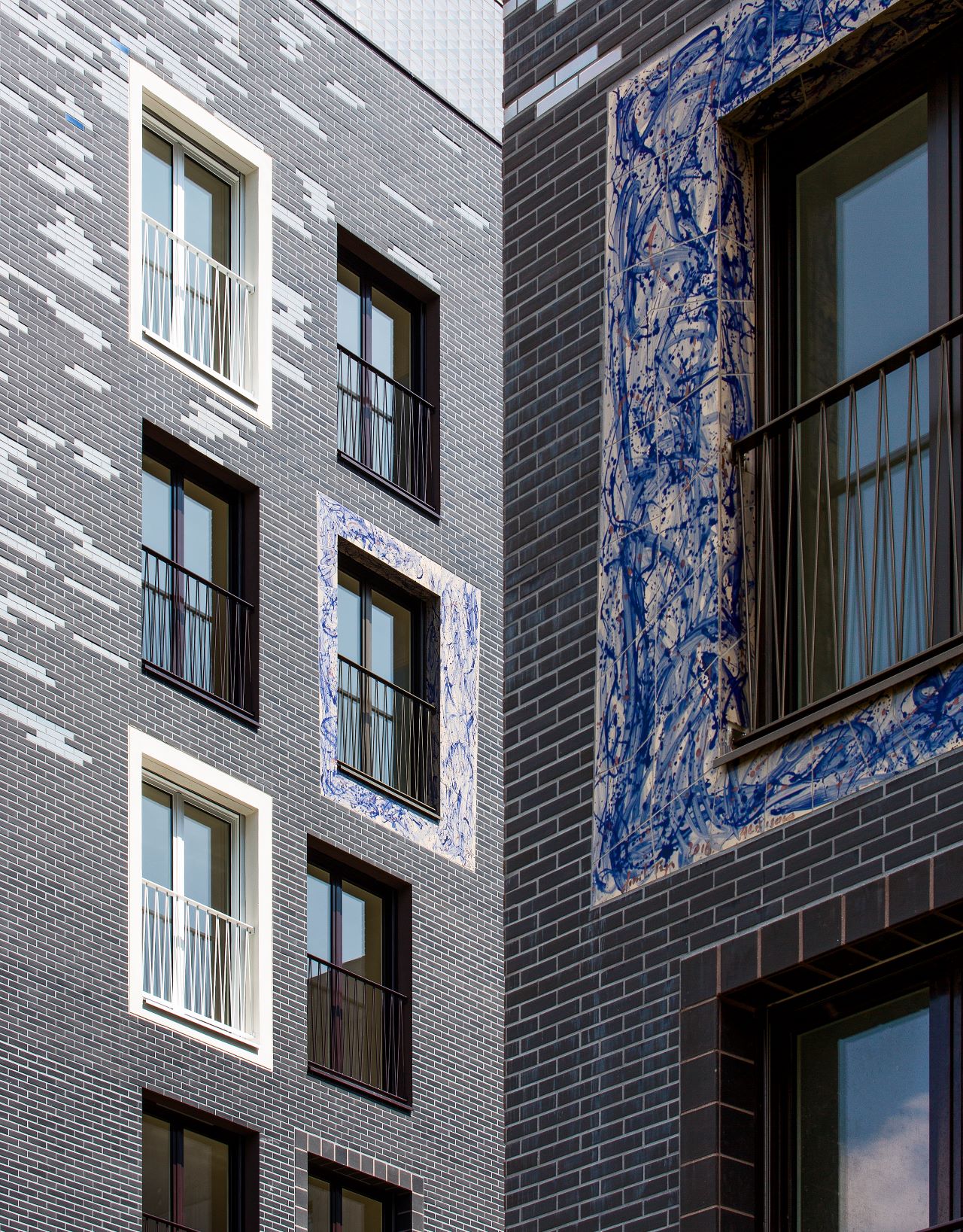
The use of ceramics in its three-dimensional guise has become Femia’s hallmark. The architect has, in fact, developed, with the Casalgrande Padana ceramics company, the Diamante collection, a diamond cladding that emphasises the volumetry of the tile by accentuating the luminous effects resulting from the refraction of light on the surface.
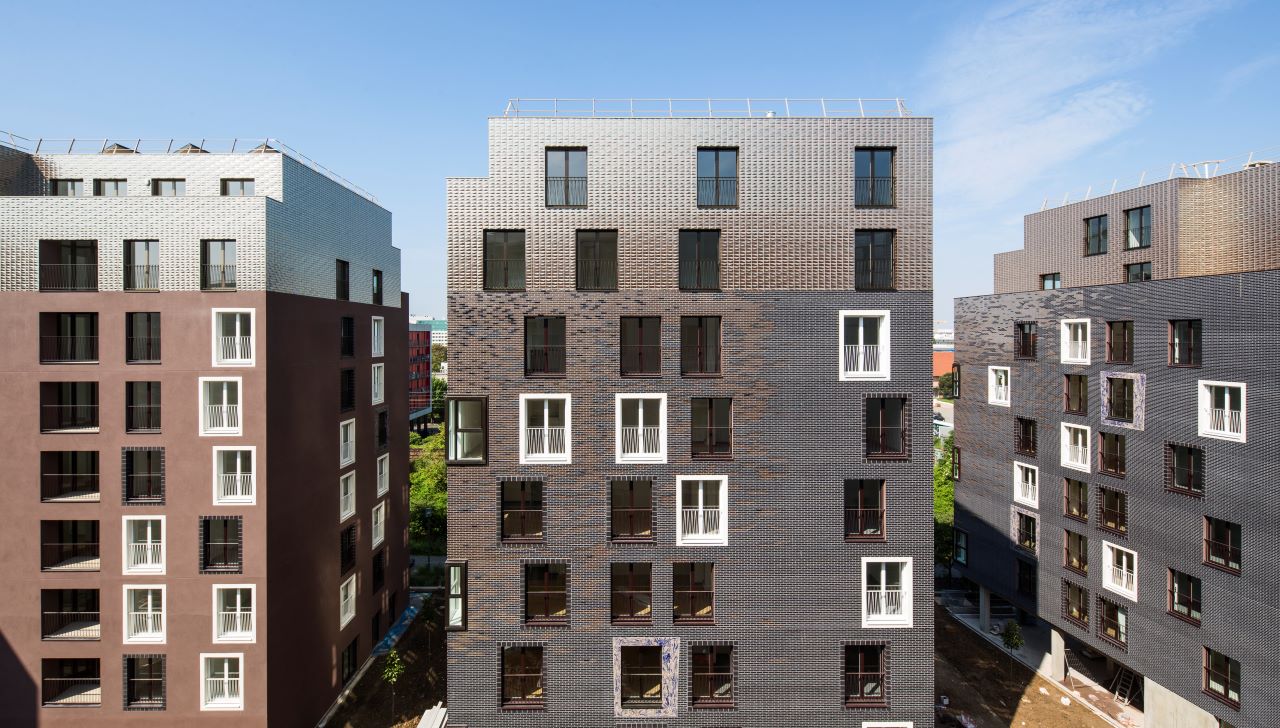
Among Atelier(s) Alfonso Femia’s projects made unique and original by the three-dimensional use of ceramics, there is certainly Milano 3.0, a residential project developed within the Milan 3 district, a few steps from the city centre, which is characterised by the ceramic cladding of the façades. Thanks to the three-dimensional volume of the Diamante collection applied on the façade, the perception of the buildings changes according to the light and perspective points, making the colour and compositional relationship change, and creating unexpected views.

Another project that is characterised by the bringing into play of decoration through the use of ceramics is The Gardens of Gabriel, a residential complex of four buildings and a shop in Asnières-sur-Seine, a French municipality north-west of Paris. The programme consists of 144 residential units and 39 social residences ranging from the first to the eighth floor, and includes 360 square metres of commercial space.
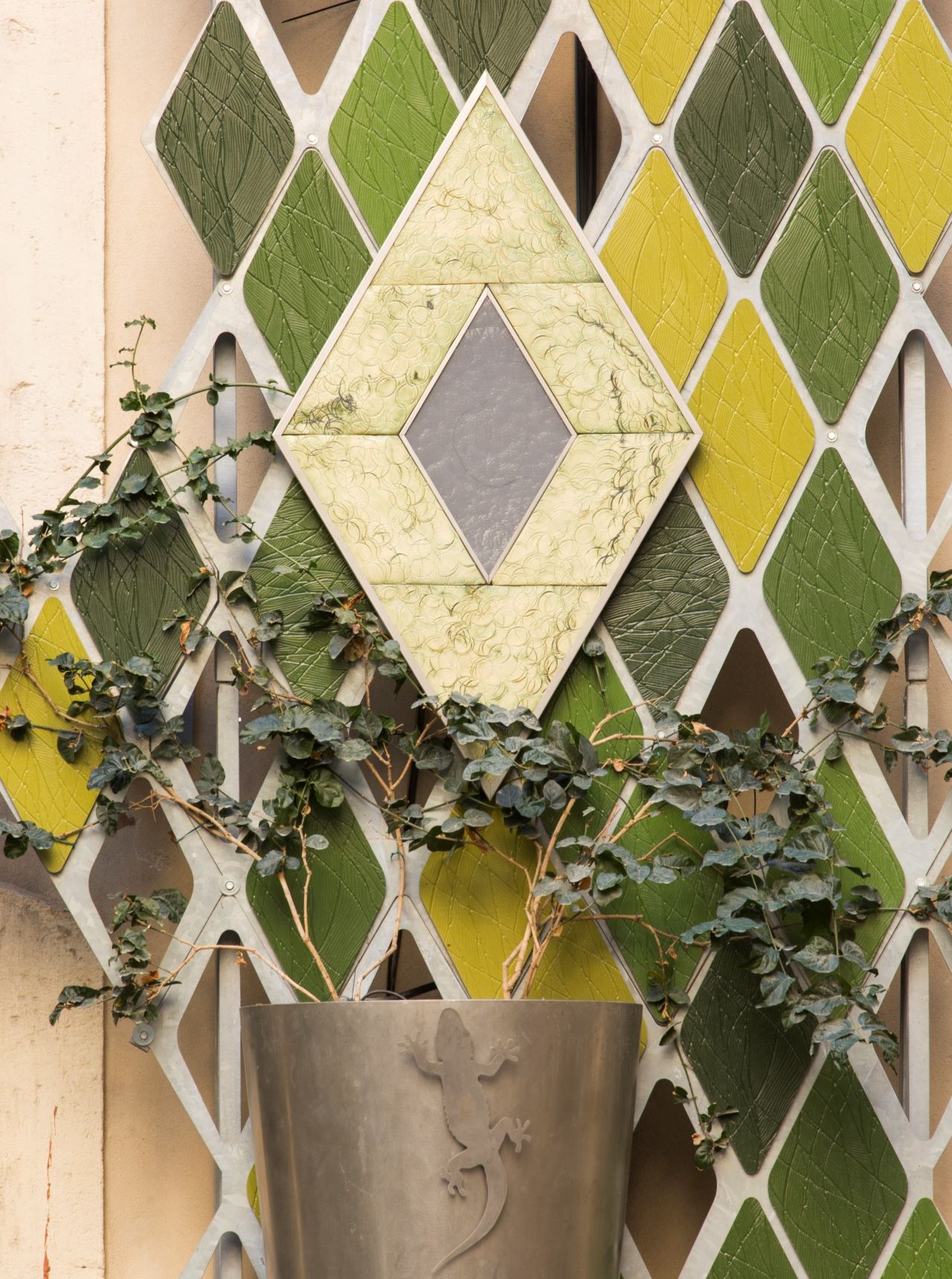
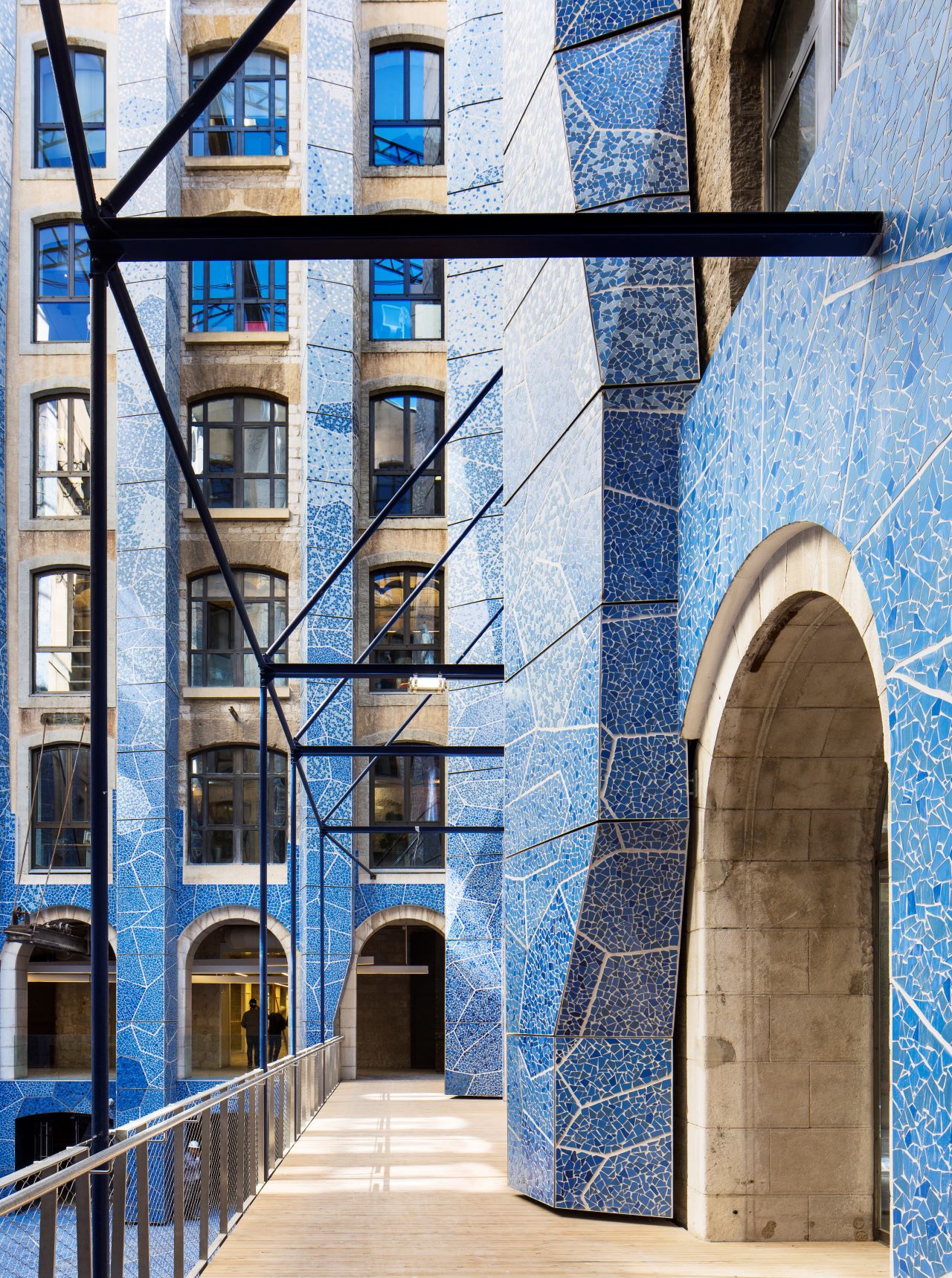
Emblematic for dealing with the use of ceramics in the designer’s practice is undoubtedly one of the best-known of his projects: the redevelopment of the Docks in Marseilles, a historic 19th-century complex consisting of four warehouses articulated around internal courtyards. The project redefined the courtyards into commercial areas, restaurants, artistic and cultural spaces, transformed into a true urban project with services open to the community. Here, ceramics is the absolute protagonist through two distinct application methods: by fragmentation and skilful recomposition of the material laid according to a precise application scheme; and by superimposition through ceramic elements made to design, fixed to a special metal substructure.

